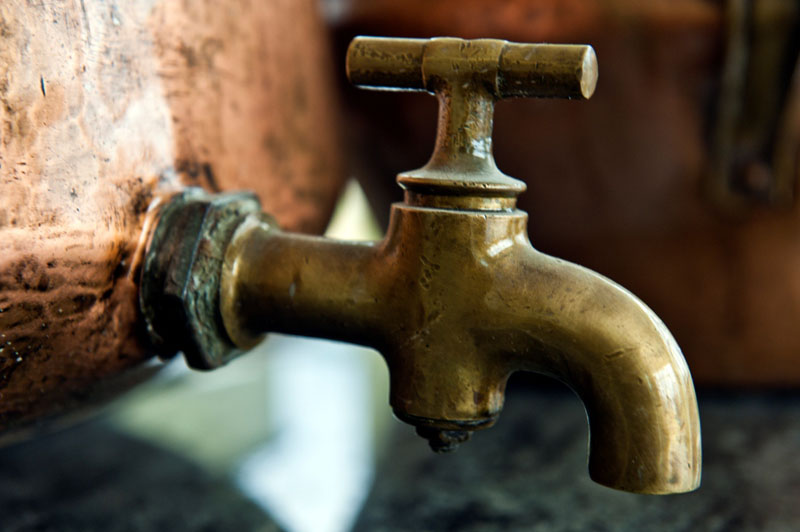The invention of the “macchina calabrese” (Calabrian machine)
This change had huge consequences. The manual extraction method known as “a spugna” (with a sponge), consisted of cutting the fruit in half, scraping out the pulp, and then pressing the peel against a natural sponge, using a turning action to squeeze the essence out of the pores. The Bergamot oil, together with the liquid from the peel, was then squeezed into a receptacle known as a “concolina” (little bowl), and the essential oil was separated out and allowed to settle. This was the situation until 1844, when Nicola Barillò, a native of Reggio, introduced a radical new change to the industry by inventing the “macchina calabrese” (Calabrian machine). This invention not only greatly reduced extraction times by streamlining the process, but also ensured a far better quality of essence than that obtained by the “sponge” method. Use of the Calabrian machine spread to all the Bergamot growers in the area, and production of the essence increased exponentially, leading to a growth in demand by the cosmetics industry and the major perfume houses. Thus the Bergamot entered the era of modern industrial production. In just a few years, extraction of the essence became completely mechanised, thanks to the introduction of “pelatrici” (peelers). These machines rasped the surface of the fruit and then sprayed it with water. The resultant emulsion was collected in centrifuges, where the essence became separated out due to the difference in specific weight. Even though the machinery is now more advanced and sophisticated, this same process is still the one generally used today.



